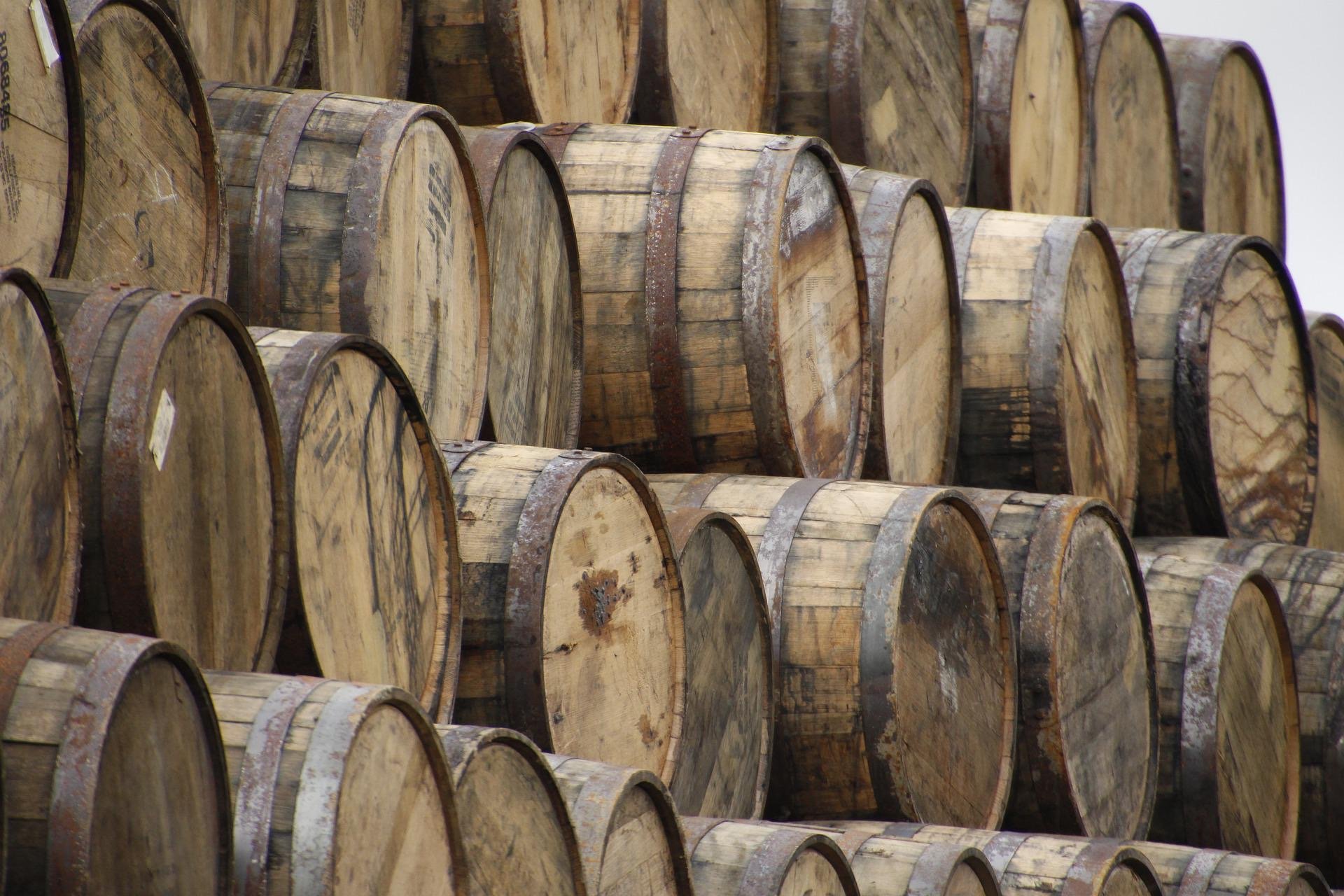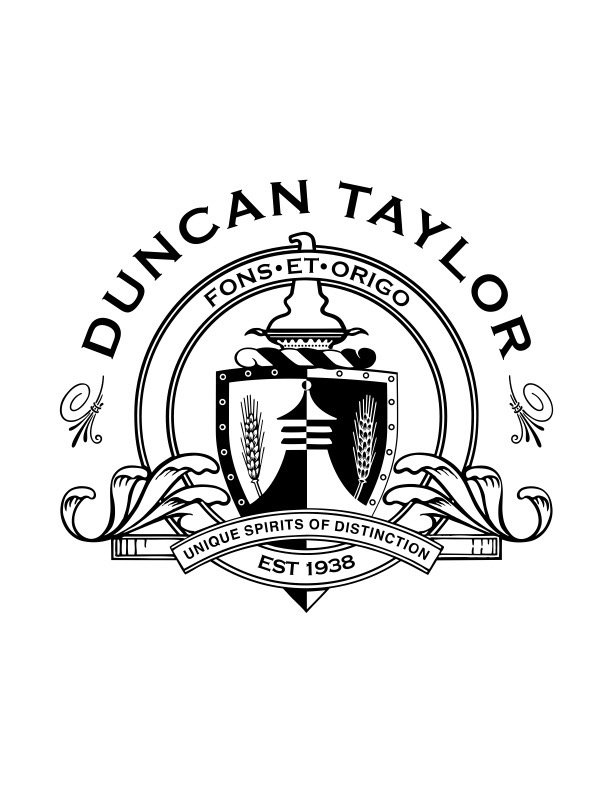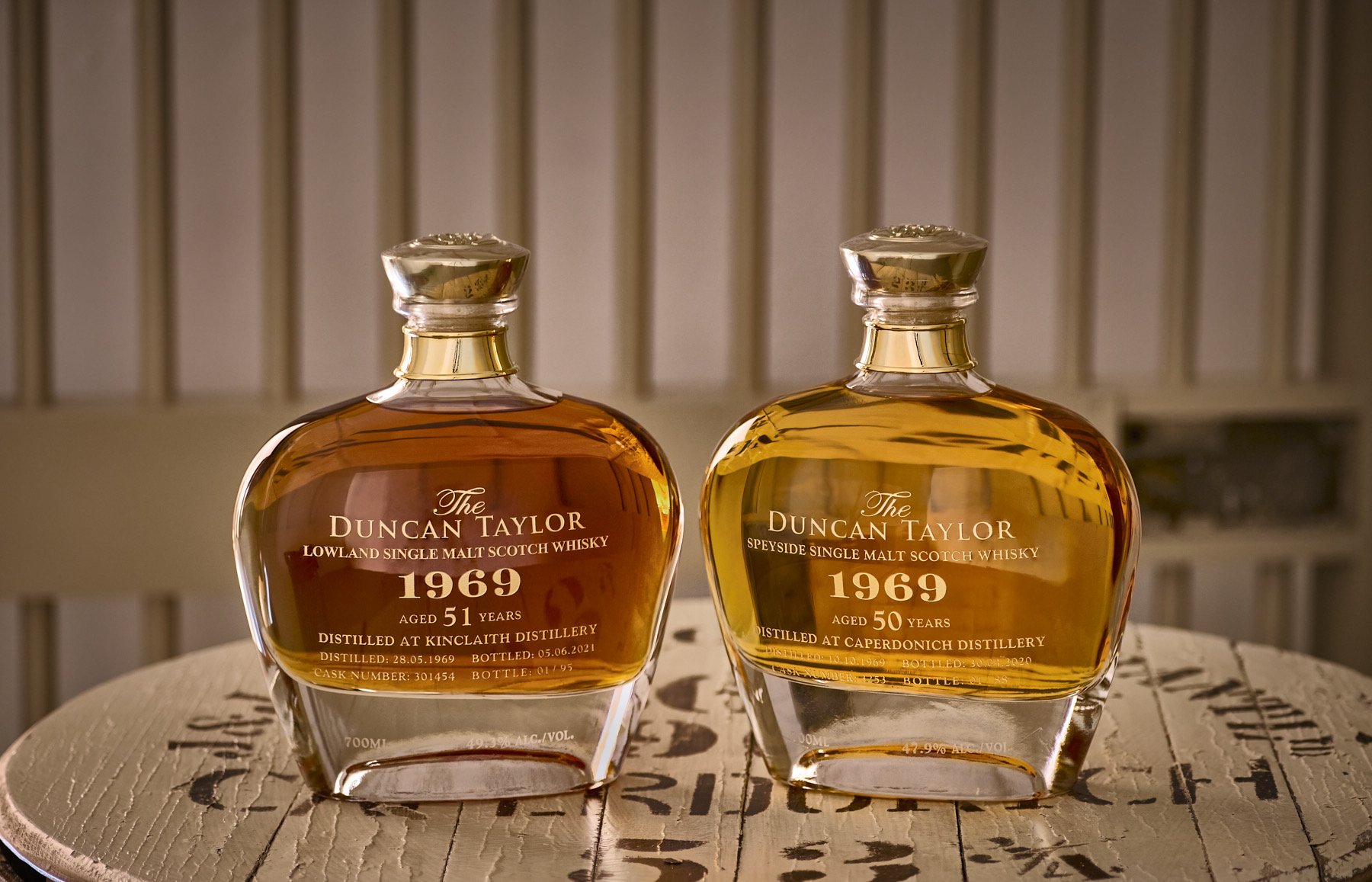Score 2 Single Malt Whiskies from Long-Shuttered Distilleries Thanks to an Independent Bottler
If you’re looking for a rare bottle of the Macallan or Balvenie or Lagavulin and can’t seem to find one — or, more likely, you can’t afford one — you’re not out of luck. The secret sometimes lies in sourcing from independent bottlers, rather than distilleries.
Independent Bottlers
Independent bottlers, who have been a fixture on the Scotch whisky scene since the 1800s, have made a practice of buying whisky, both new-make and aged casks, from distilleries both famous and obscure. They are able to buy them, because aging whisky is a costly endeavor, and some distilleries find selling some of their whisky to independent bottlers a good way to increase income in the short term. The independent bottlers may sell the whisky under their own brand name or the name of the original distiller.
Over the decades, the best of the indies have amassed jaw-dropping portfolios of rare and hard-to-find malts, from the big names to brands used almost exclusively in blends. The independents often control the aging process themselves, using their own casks and warehouses to make a finished product that’s both reflective of and distinct from what the distilleries themselves are doing.
Independent bottlers were aging their casks for decades back when distilleries were treating 12-year-old whiskies as elder statesmen. As a result, the biggest indies often have even more impressive stocks of aged whisky than the distilleries from which they came. In 2021, Gordon & Macphail released the first ever 80 year old single malt, a Glenlivet laid down in 1940.
Duncan Taylor’s Rarest of the Rare
Duncan Taylor, one of the most prestigious independent bottlers, is unveiling some of its most prized malts with its new “Rarest Of The Rare” series. Its opening salvo is pretty damn impressive — a pair of single malts, both distilled in 1969, from now-legendary distilleries that closed decades ago. Shuttered distilleries that continue to produce “new” whisky from casks laid down during their lifetimes are commonly known as “ghost distilleries.” In this case, each ghost yielded fewer than 100 bottles’ worth of whisky for this go-round, the bottles in question being spiffy, individually numbered decanters, as befits the rarity of the liquid inside. They’re so rare, in fact, that Duncan Taylor had would-be customers cast ballots just to win the right to be able to plunk down in excess of £10,000 for a bottle. So what exactly do you get for that kind of coin? Sit back, grab a flashlight and some s’mores, and prepare to be regaled with this pair of ghost (distillery) stories.
CAPERDONICH 1969
Located in the town of Rothes in the Speyside region of Scotland, the distillery was known as “Glen Grant #2” when it was built in 1898 to make more Glen Grant whisky, demand for which had soared. It only lasted a few years due to an industry-wide financial crash, and was mothballed in 1902. It wouldn’t reopen until the mid ‘60s, when it was expanded and refitted with new equipment, including state-of-the-art steam-heated pot stills. In 1977 the distillery and the whisky it produced were finally given their own name, Caperdonich. In short order it was purchased by the Seagram’s spirits colossus, which used it in iconic blends, including Chivas Regal, before the distillery closed in 2002, this time for good — it was torn down in 2010.
This Caperdonich was laid down in an American ex-bourbon oak hogshead (63 gallons, as opposed to a traditional bourbon barrel, which is 53 gallons) on October 10, 1969 and bottled 50 years and change later, on April 30, 2020, at a cask strength of 47.9% ABV. I’d never tried a Caperdonich before, so this was a hell of an introduction. The nose is grainy, saline, and buttery, more reminiscent of wheat than barley. The palate kicks off with light vanilla and tart peach and citrus, then becomes quite savory, reminding me of nothing so much as cacio e pepe — buttery, a tad salty, with savory notes of truffles and a peppery spice. It’s quite concentrated, with a long, lingering finish, so a little of it goes a long way. Which is probably a good thing, since only 88 bottles of this highly distinctive whisky exist.
KINCLAITH 1969
Located in Glasgow in Scotland’s Lowlands region, Kinclaith was only active for 18 years, from 1957-75. When it first opened amidst the grain distilleries of Strathclyde, it was Glasgow’s only malt whisky distillery. Kinclaith was never bottled as a single malt during its short lifetime, as it was used exclusively for blends, and it still has a somewhat low profile even among fans of ghost distilleries. That’s not a knock against the whisky itself, which — in this case, certainly — is exemplary stuff.
The cask was laid down on May 28, 1969, and bottled just after its 51st birthday, on June 5, 2020, at a cask strength of 49.3% ABV. Like the Caperdonich, it spent its entire aging process in a single American ex-bourbon oak hogshead, but its flavor profile is quite different. The nose is spicy and fruity, with a touch of oak, resembling a cognac or even a perfume as much as a whisky. On the palate the cognac-like fruitiness comes through again, along with burnt caramel, honey, oak, and hints of toffee and melon. The finish is dry and elegant, reflecting its elder-statesman status. It’s a little more plentiful than the Caperdonich, but not much — only 95 bottles exist.
Where to Find Bottles
These are the first 50-plus year old whiskies ever released by Duncan Taylor, which has been brokering whiskies since 1938, so it’s a pretty big deal. Two pretty big deals, in fact. The balloting process to buy the whiskies is now closed, but there are a few retailers, or “stockists,” as they say in the UK, who have one or both bottles. To find out who said stockists are and how much the bottles will run you, email info@duncantaylor.com to get the scoop.



